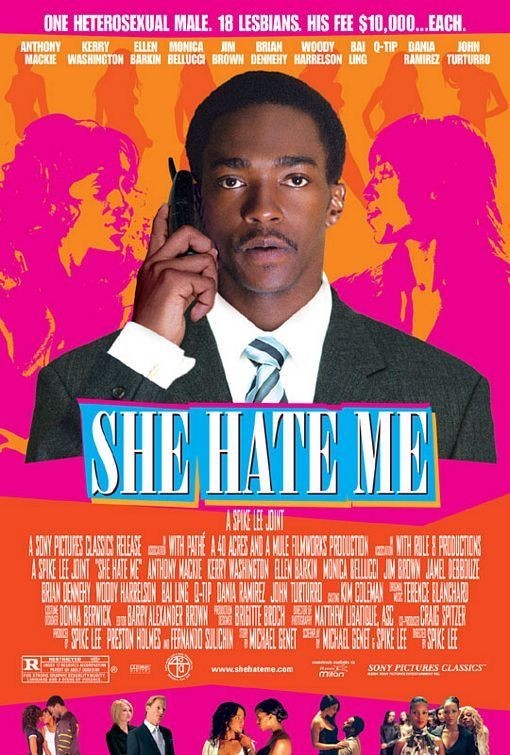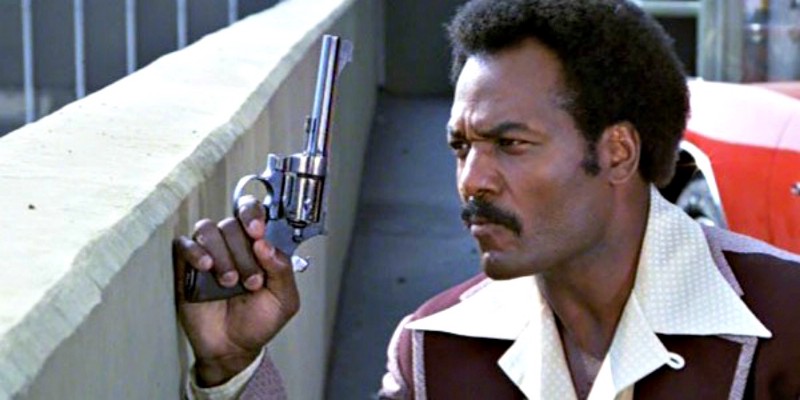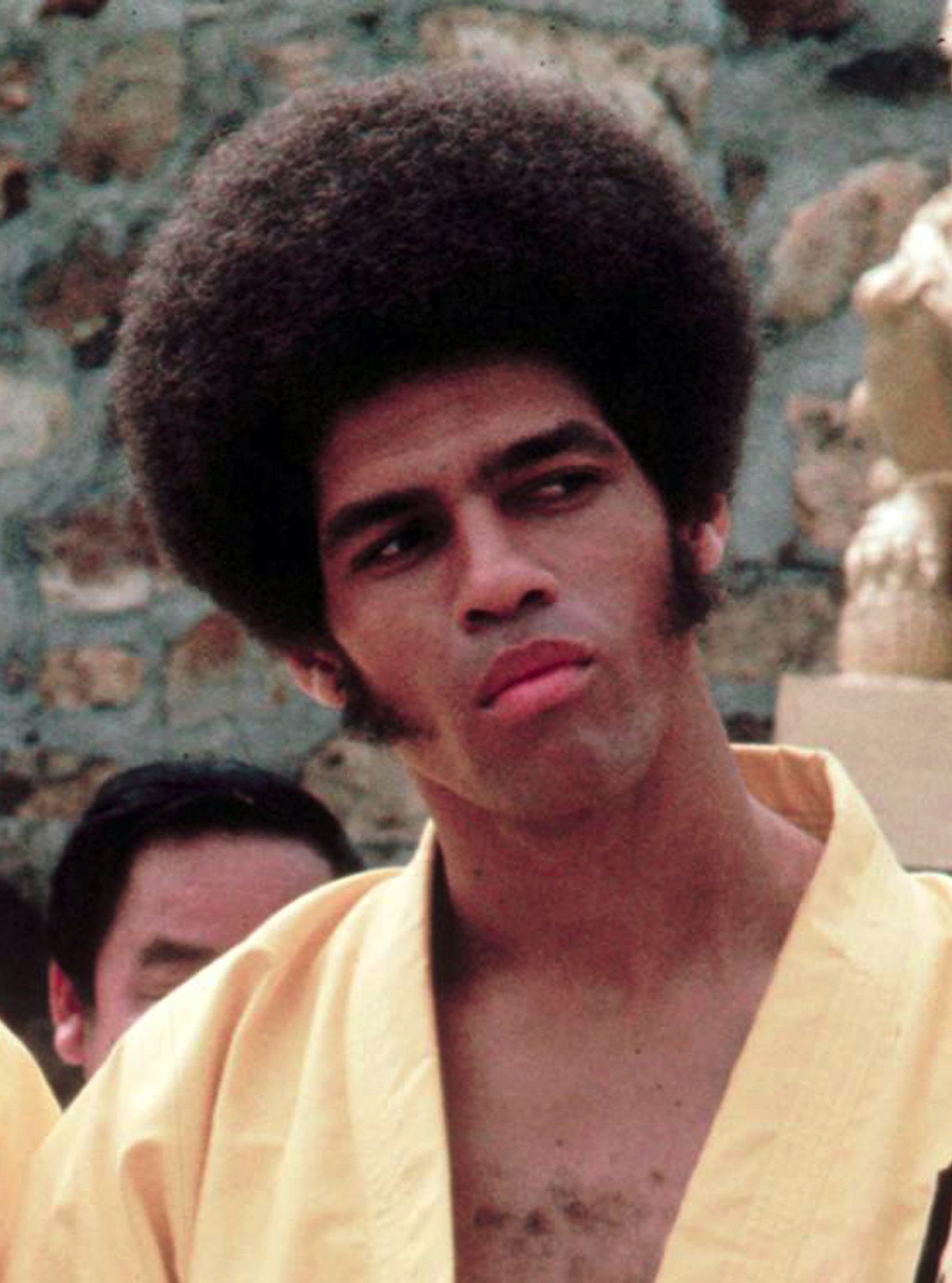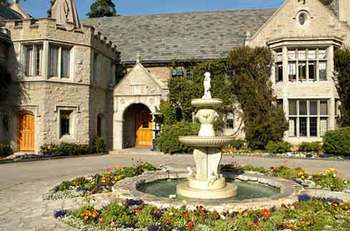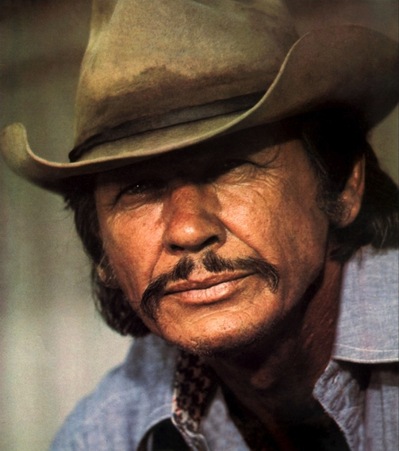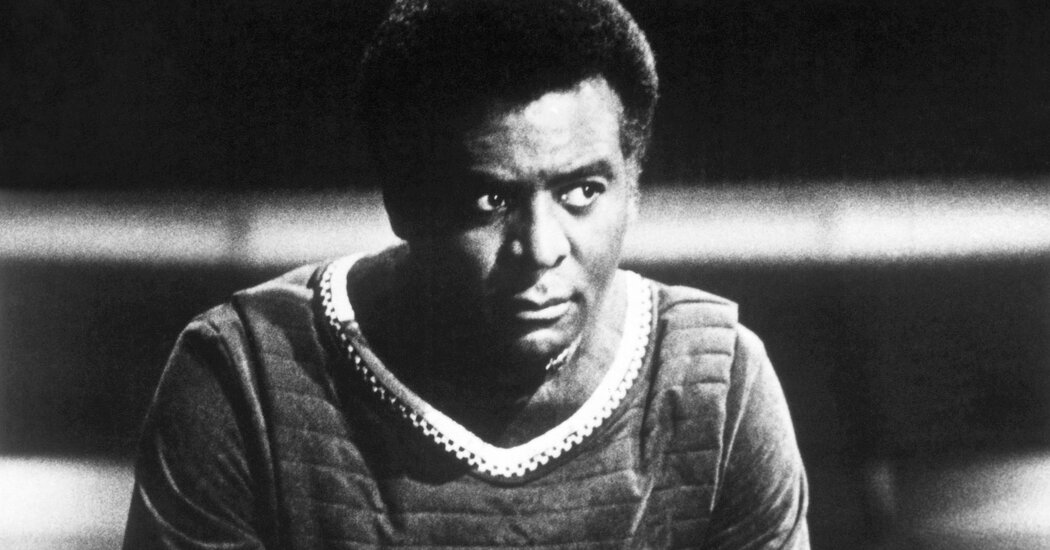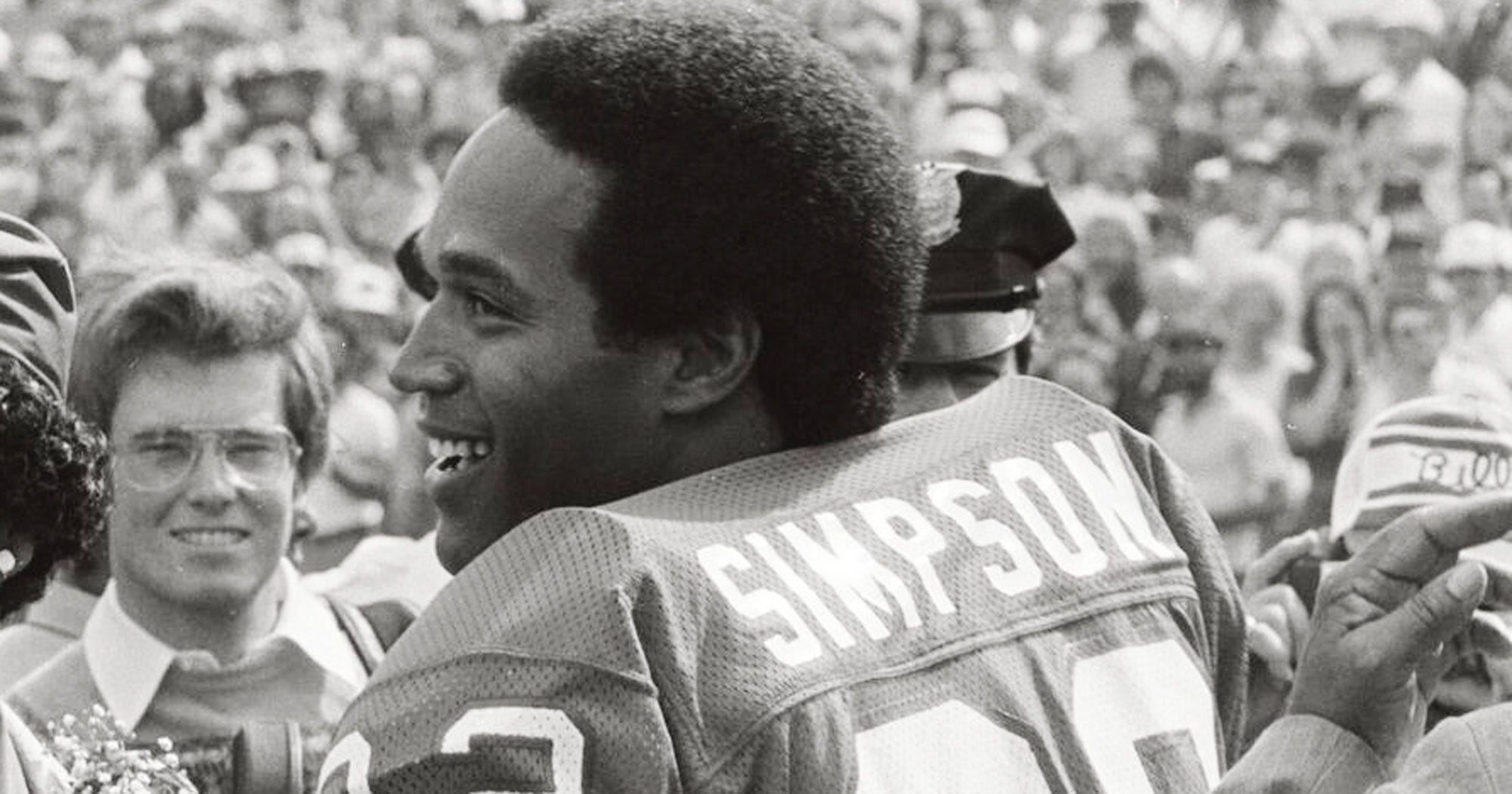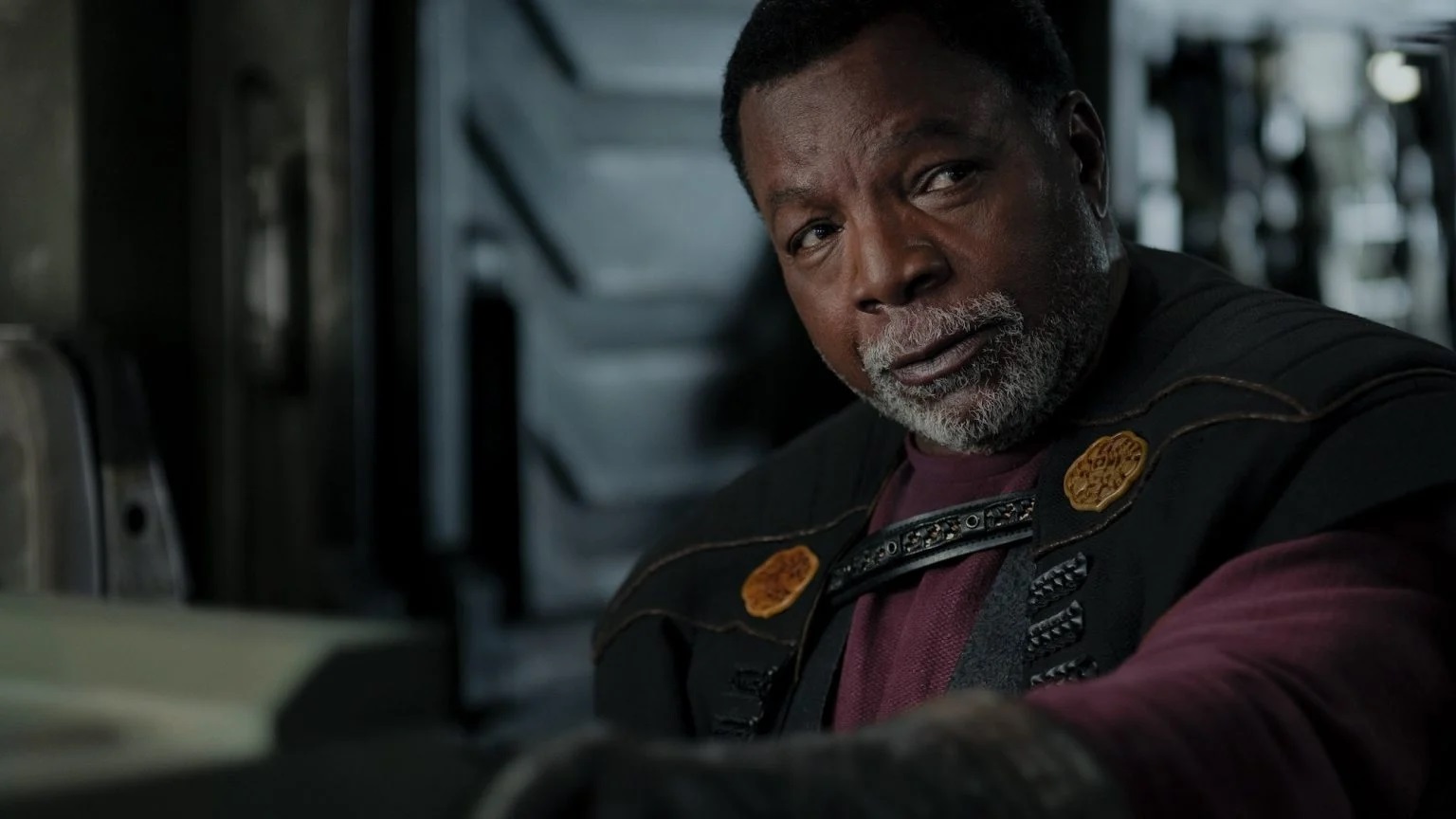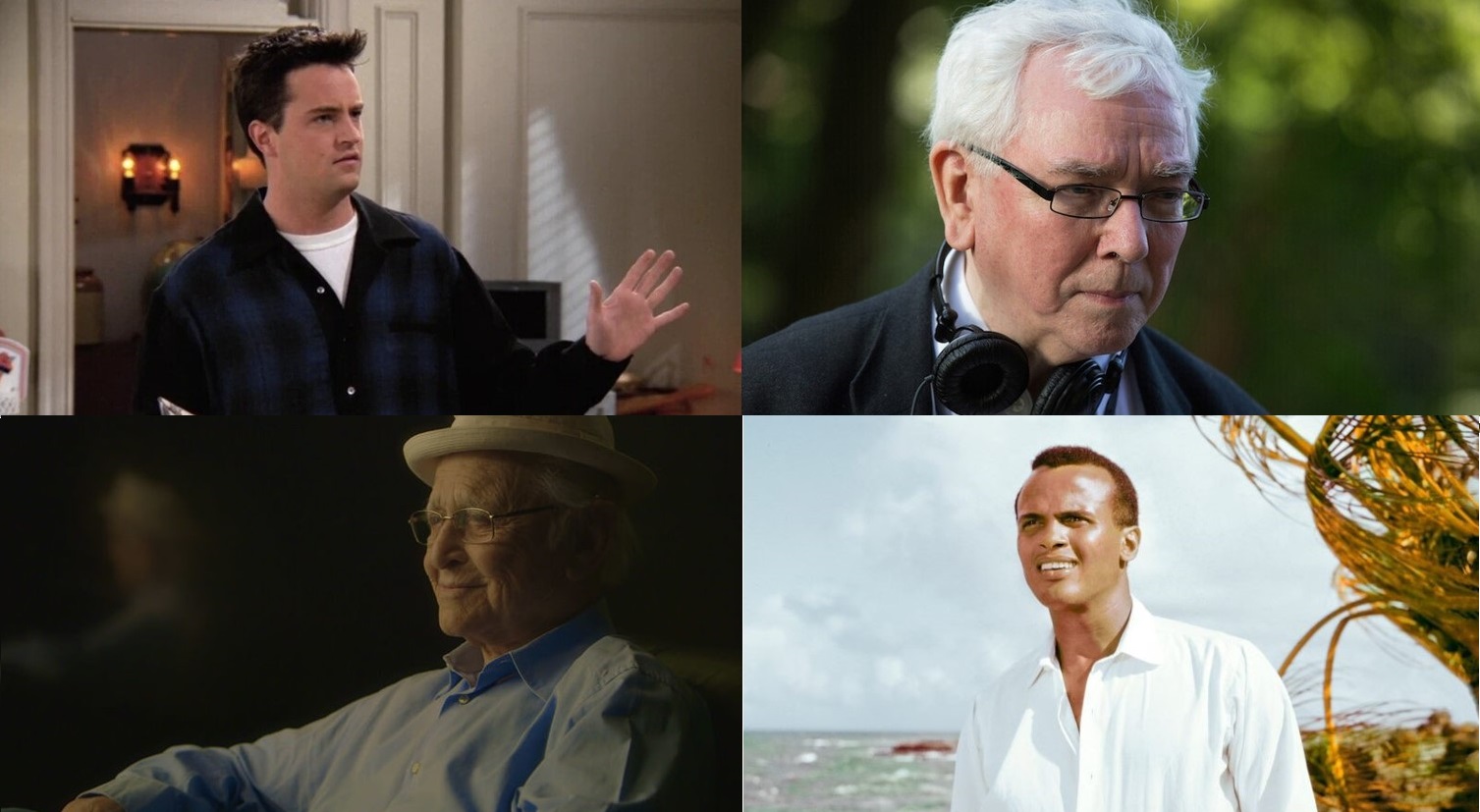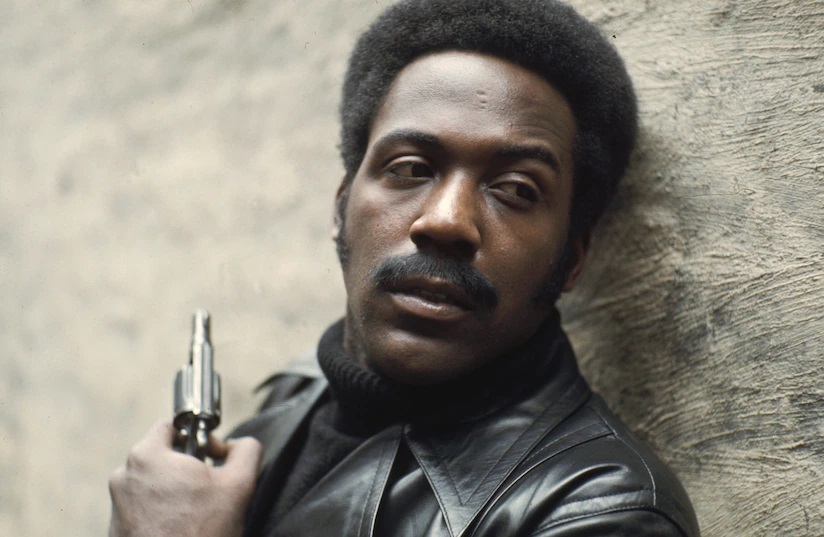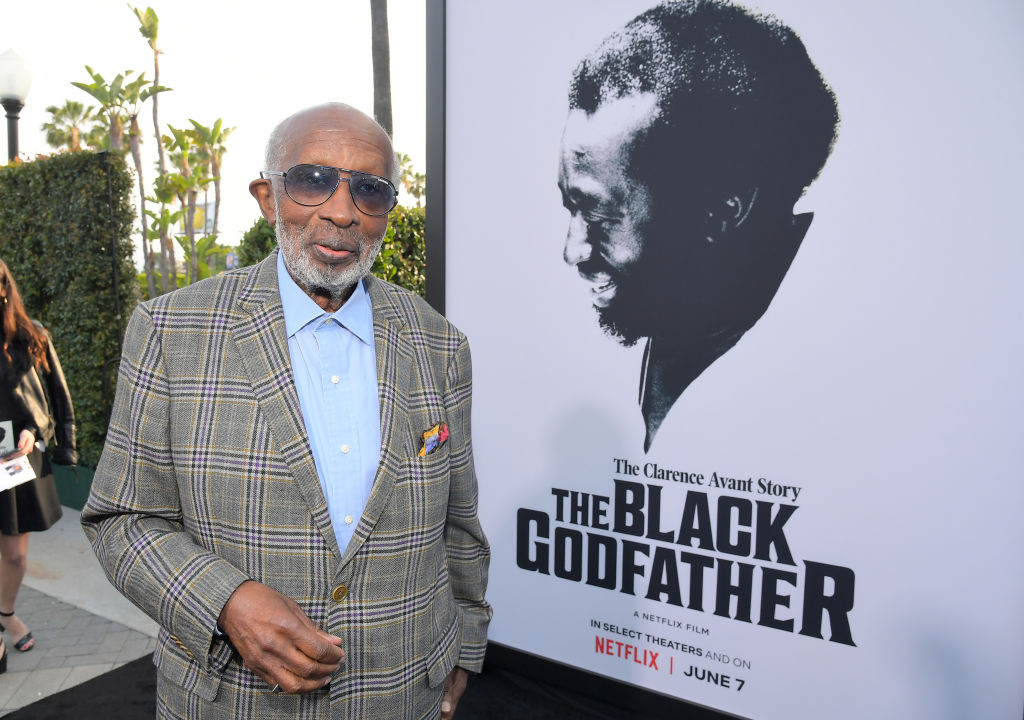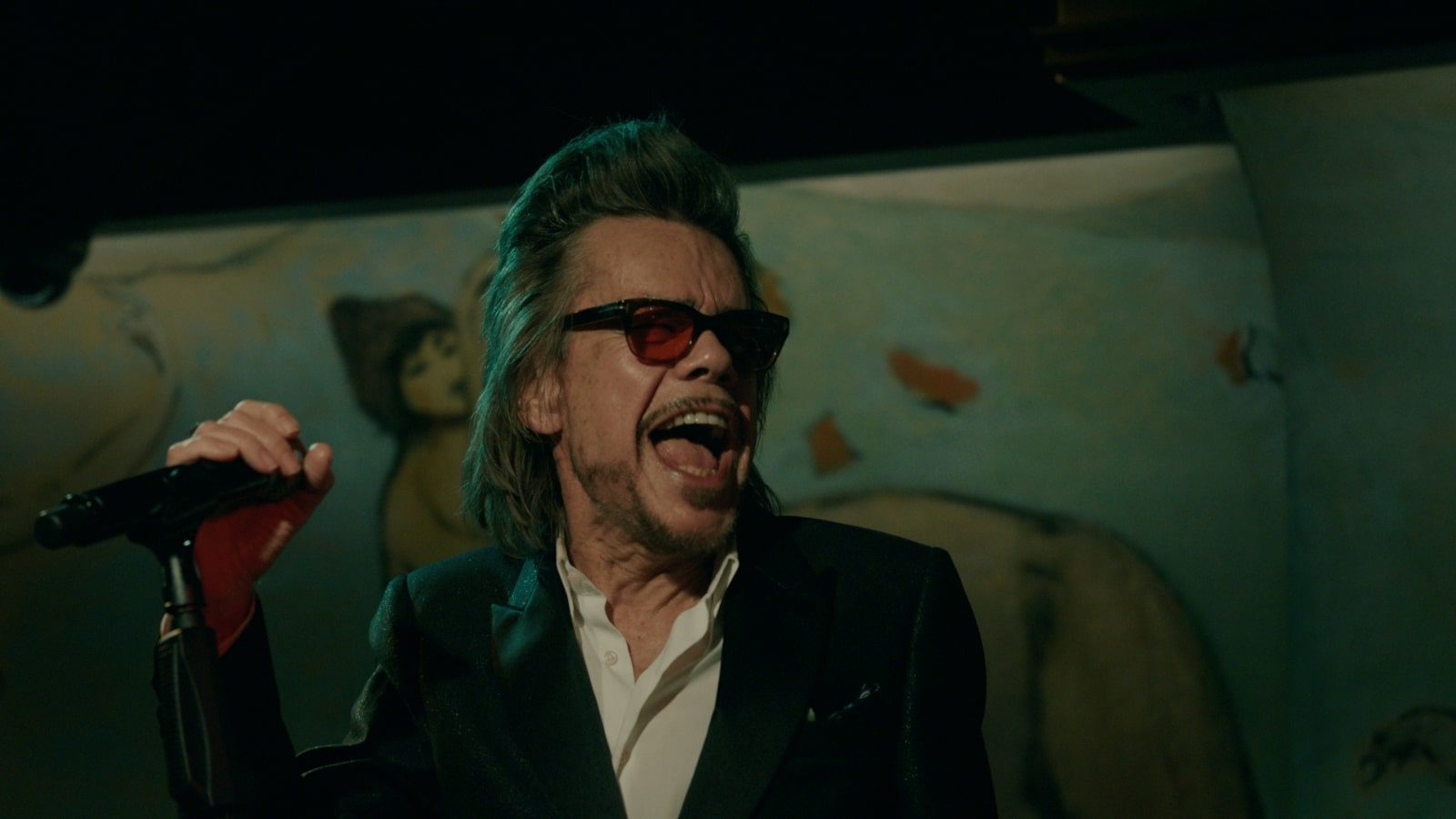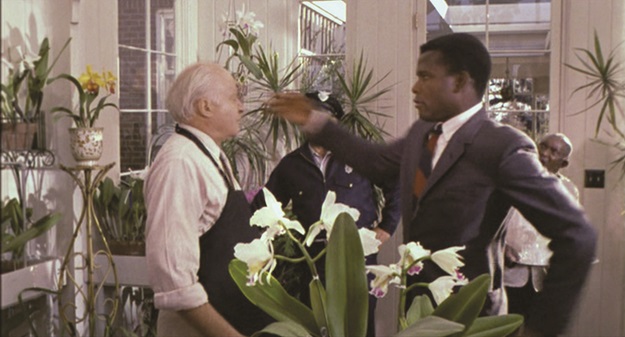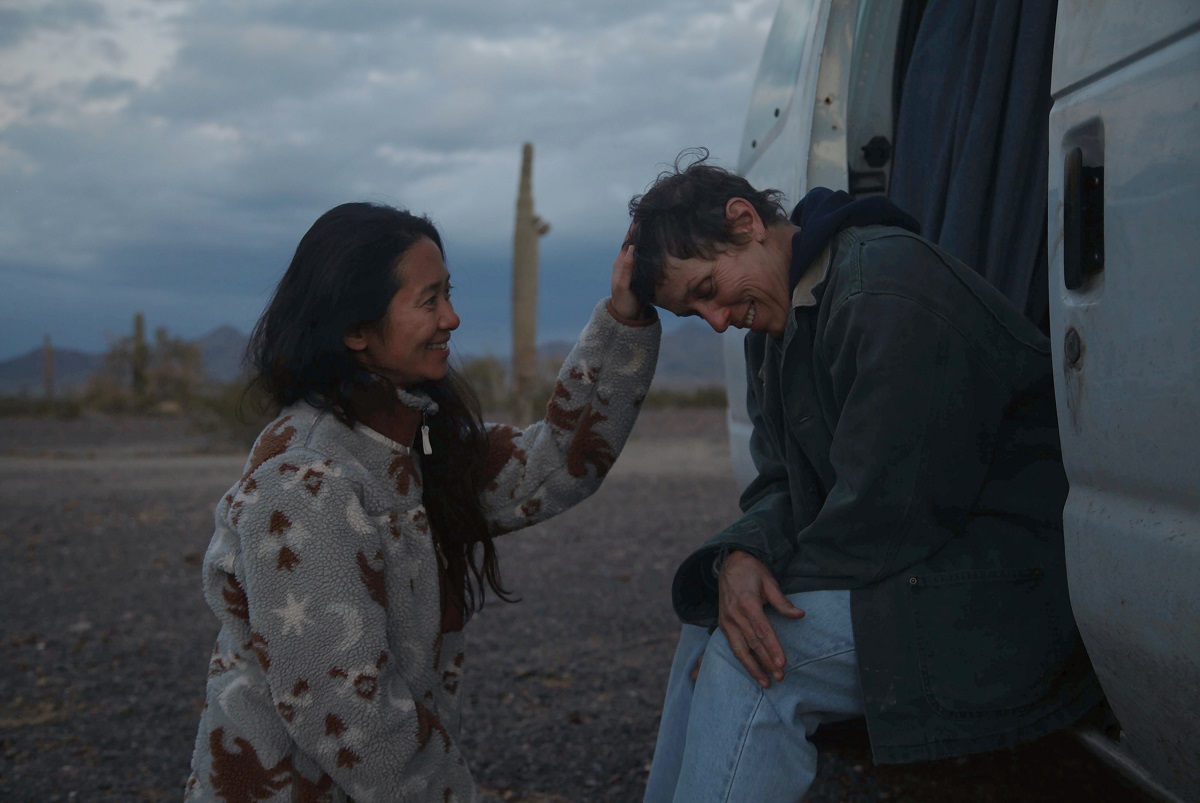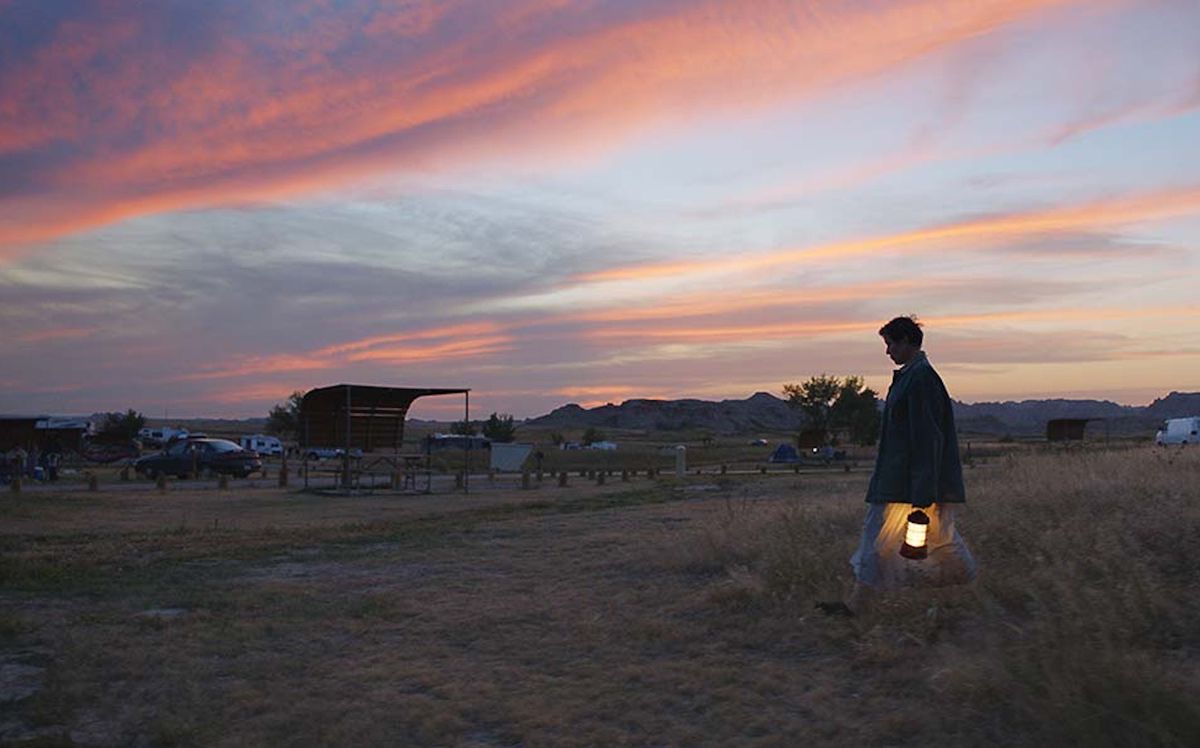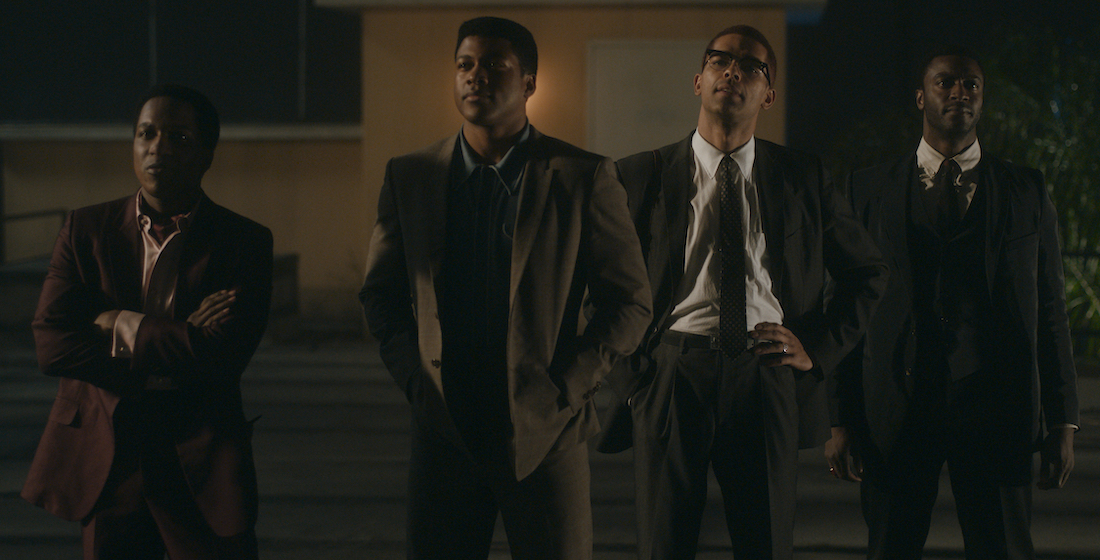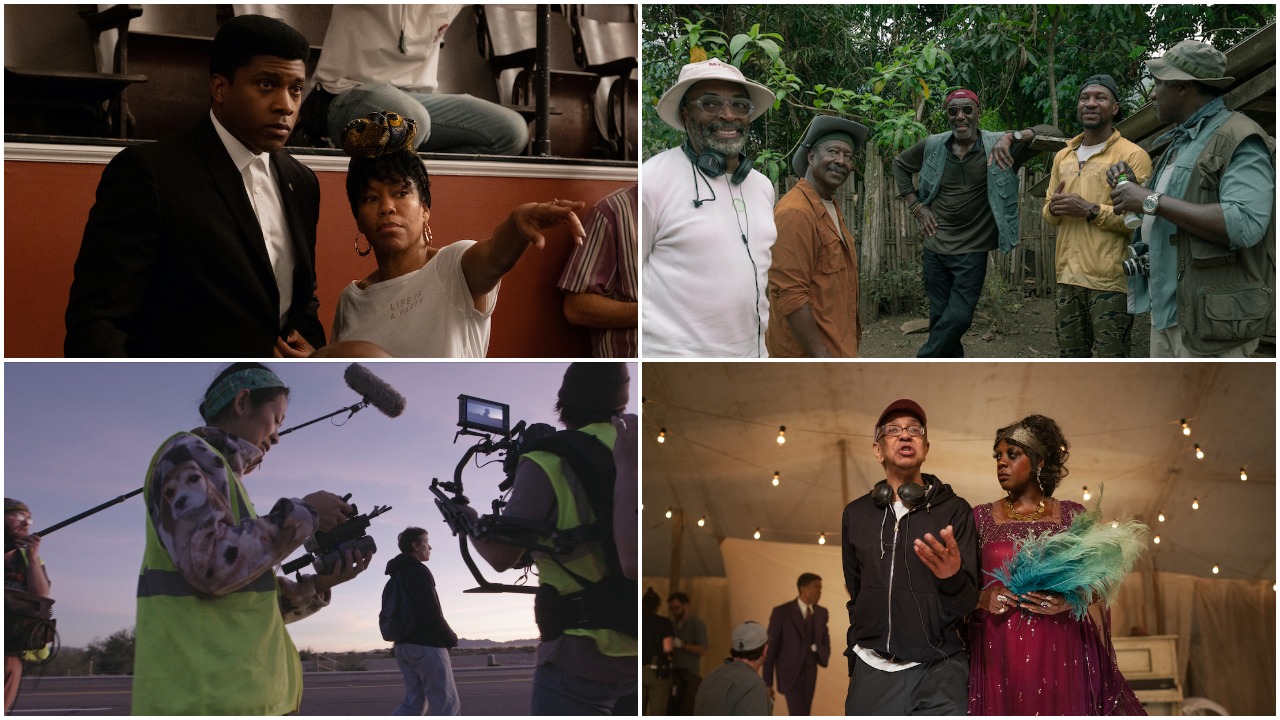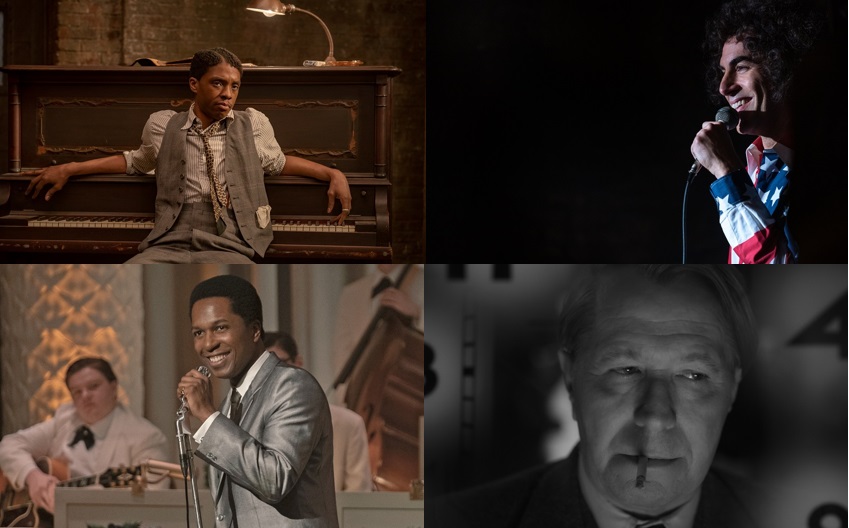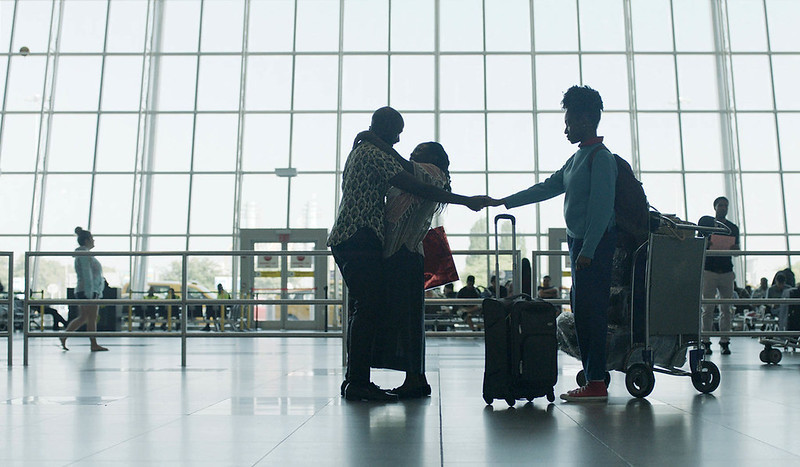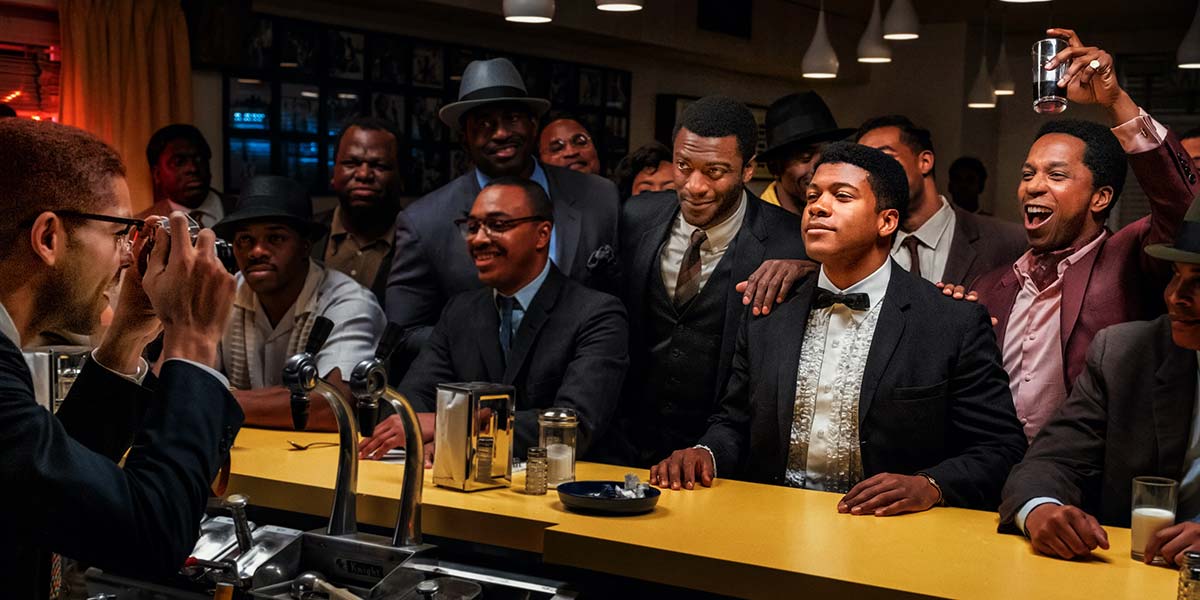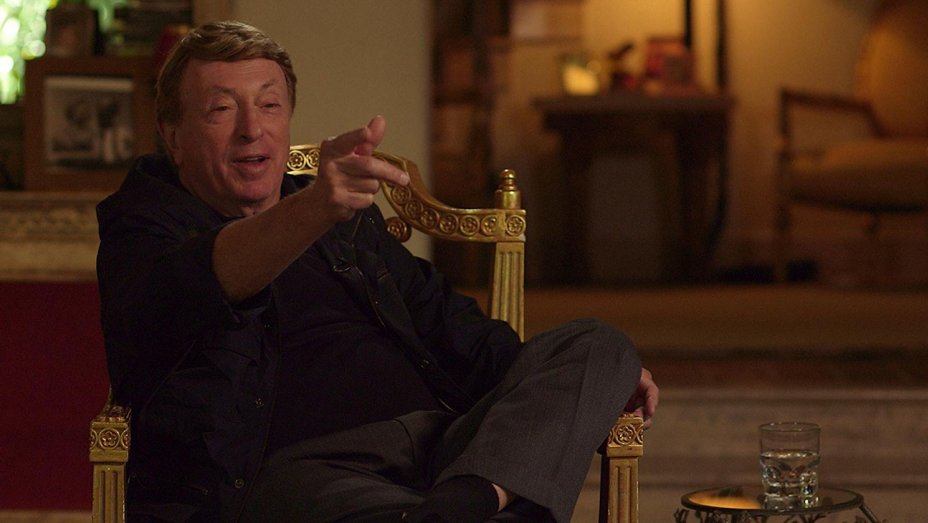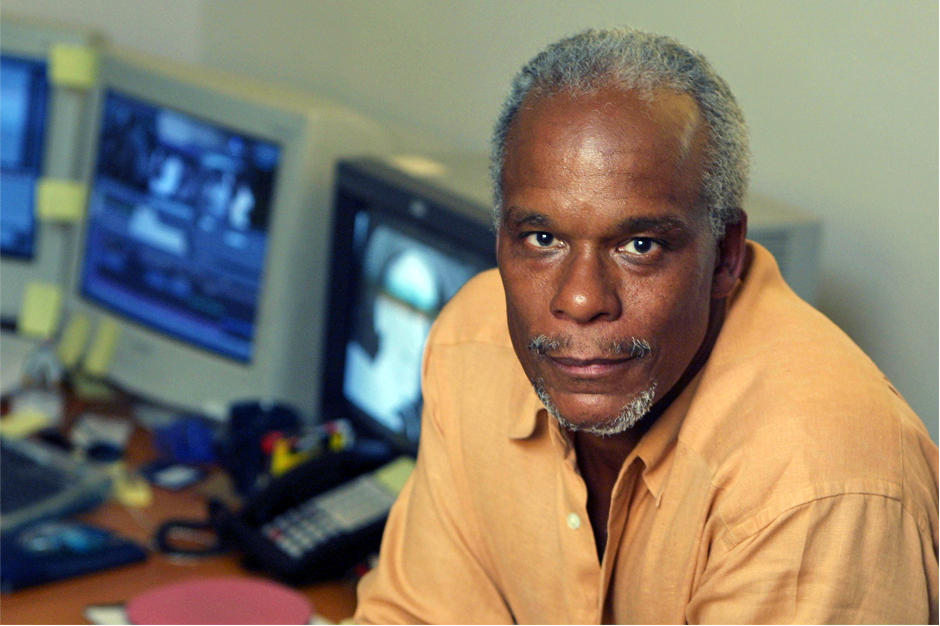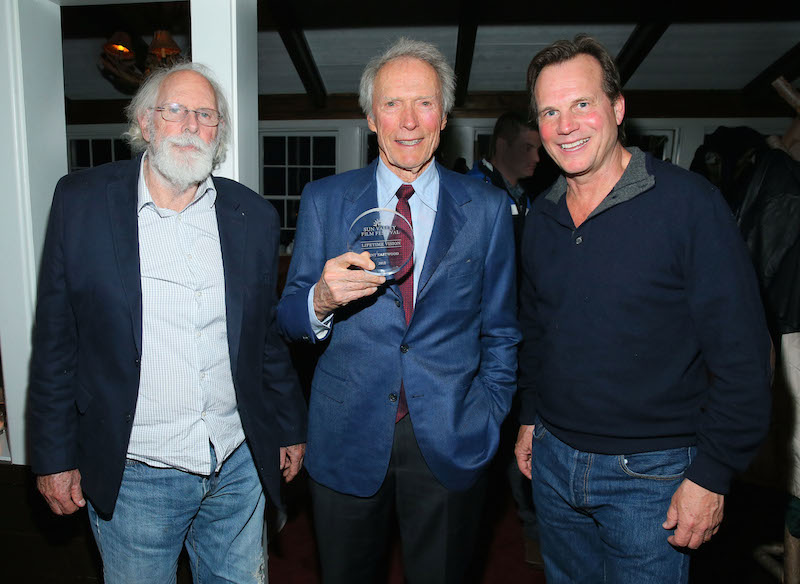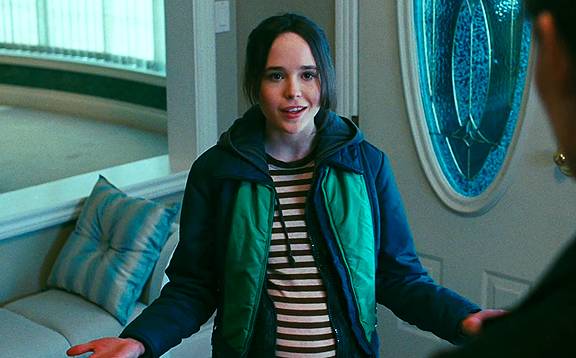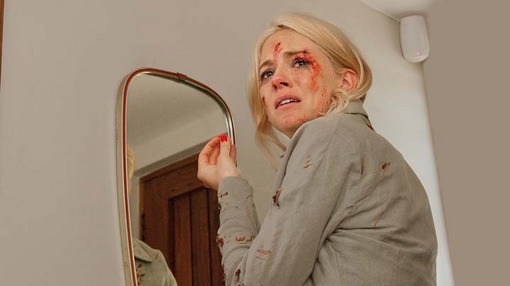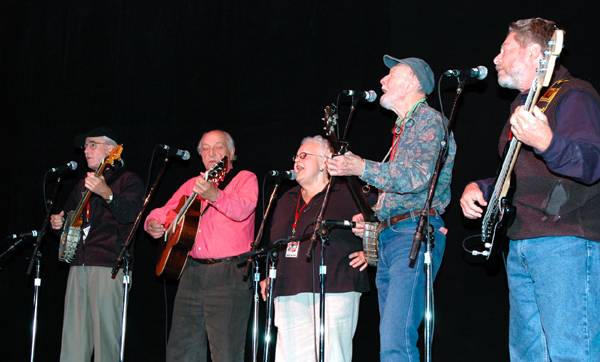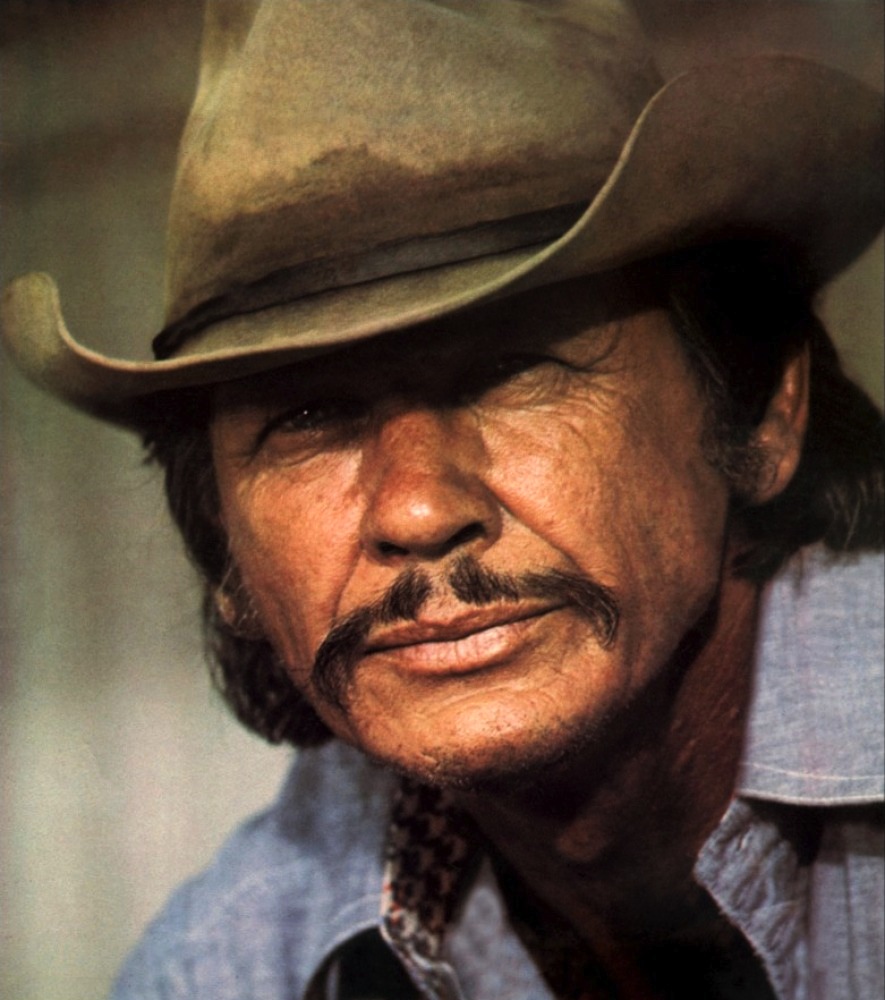Blog Posts That Mention Jim Brown
Cinema’s Man of Steel: Jim Brown (1936-2023)
Bijan Bayne
Interview with Jim Brown
Roger Ebert
His own man: Jim Kelly, 1946-2013
Michael A. Gonzales
Hef goes West
Roger Ebert
Bronson: Coming of age in Scoop Town
Roger Ebert
He’s Here: The Legend of Pete Seeger
Jim Emerson
Pioneering Actor-Producer Terry Carter Dies
Bijan Bayne
O.J. Simpson Dies: The Rise & Fall of A Superstar
Bijan Bayne
A Man of Many Talents: Carl Weathers (1948-2024)
Bijan Bayne
A Final Goodbye: Tributes to Some of the People We Lost in 2023
The Editors
Seasons Greetings from Chaz Ebert and All of Us at RogerEbert.com
Chaz Ebert
A Goodbye to Shaft, Hollywood’s First ‘Bad’ Black Man: Richard Roundtree (1942-2023)
Bijan Bayne
R.I.P. Clarence Avant, Godfather of Black Entertainment (1931-2023)
Chaz Ebert
NYFF 2022: Personality Crisis: One Night Only, A Cooler Climate, Is That Black Enough for You?!?
Odie Henderson
Sidney Poitier and the Slap That Shook the World
David Moses
Five Female Directors Who Made Waves in 2020
Susan Wloszczyna
The 2020 Frontrunners for Best Picture
Susan Wloszczyna
Leslie Odom Jr., Aldis Hodge, Eli Goree, and Kingsley Ben-Adir on the Brotherhood of One Night in Miami
Robert Daniels
The 2020 Frontrunners for Best Director
Susan Wloszczyna
The 2020 Frontrunners For Best Actor and Best Supporting Actor
Susan Wloszczyna
CIFF 2020: Black Perspectives Program Highlights Diverse Voices
Brian Tallerico
A Preview of the 56th Chicago International Film Festival
Peter Sobczynski
TIFF 2020: One Night in Miami, Penguin Bloom, Under the Open Sky
Brian Tallerico
Larry Cohen: 1941-2019
Peter Sobczynski
Hip-Hop Attitude: Stanley Nelson on “Vanguard of the Revolution”
Sergio Mims
Sun Valley Film Festival Honors Clint Eastwood, “Finders Keepers”
Katherine Tulich
The year’s ten best films and other shenanigans
Roger Ebert
The Girl: Putty in Hitch’s hands
Jeff Shannon
2006 Floating Film Festival – “Shek It Out!”
Roger Ebert
The Weavers take last bow
Roger Ebert
Icon of the ’70s shifts into 2nd phase of career
Roger Ebert
Charles Bronson: “It’s just that I don’t like to talk very much.”
Roger Ebert
Interview with Judy Pace
Roger Ebert
Popular Reviews

The best movie reviews, in your inbox
